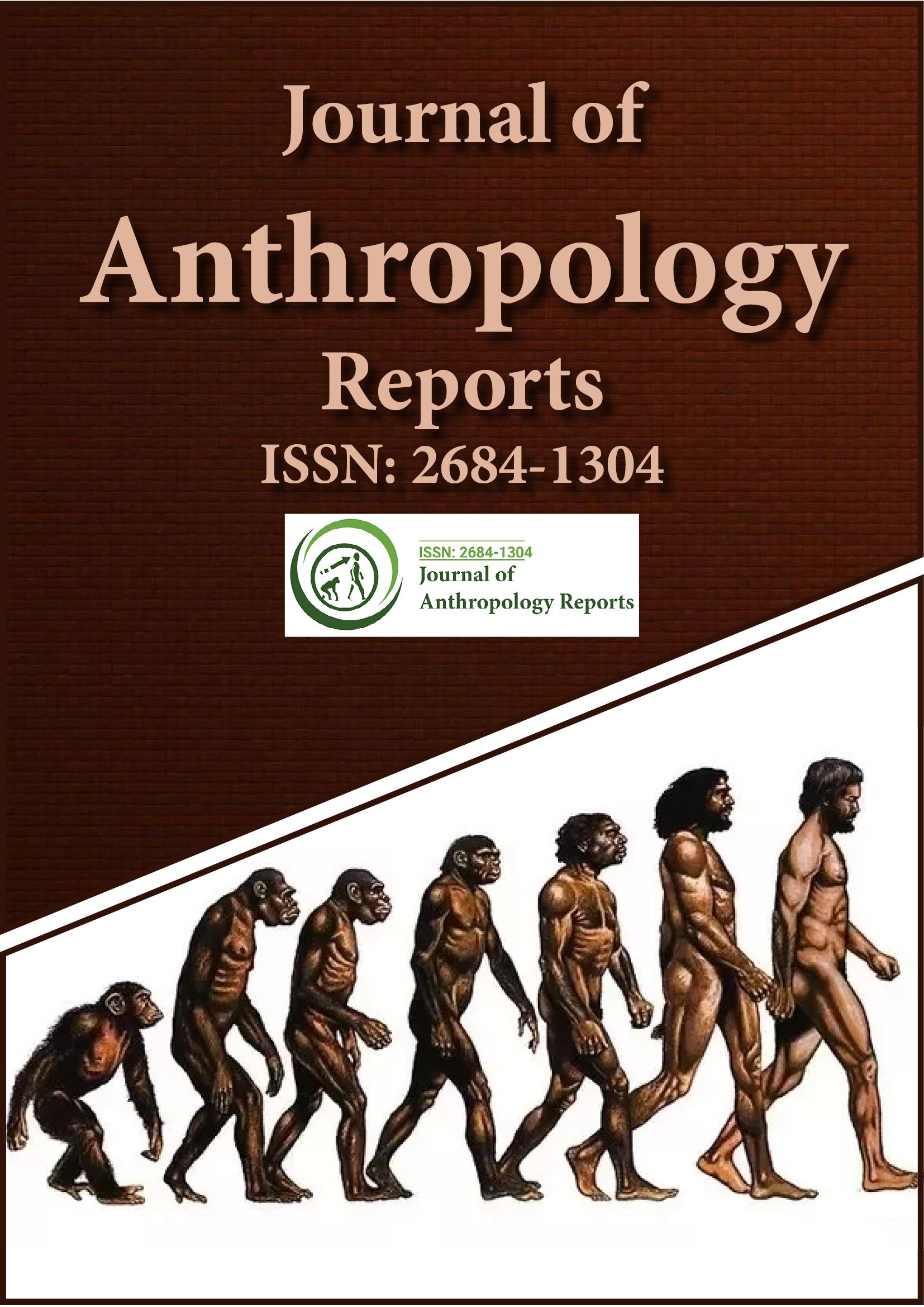Indiziert in
- RefSeek
- Hamdard-Universität
- EBSCO AZ
Nützliche Links
Teile diese Seite
Zeitschriftenflyer

Open-Access-Zeitschriften
- Allgemeine Wissenschaft
- Biochemie
- Bioinformatik und Systembiologie
- Chemie
- Genetik und Molekularbiologie
- Immunologie und Mikrobiologie
- Klinische Wissenschaften
- Krankenpflege und Gesundheitsfürsorge
- Landwirtschaft und Aquakultur
- Lebensmittel & Ernährung
- Maschinenbau
- Materialwissenschaften
- Medizinische Wissenschaften
- Neurowissenschaften und Psychologie
- Pharmazeutische Wissenschaften
- Umweltwissenschaften
- Veterinärwissenschaften
- Wirtschaft & Management
Abstrakt
Detection of skeletal trauma in intact pigs in a fire environment
Koch S1* and Lambert J2
Fire can cause changes in bone stability and composition that can affect anthropological analysis of skeletal morphology and trauma. This study tested how fires of varying duration and intensity affect trauma analyses during a compartment fire. This study included an on-site crime scene analysis to examine the significance of trauma identification from burned cadavers in forensic cases and the influence of fire identification on the ability to recognize, preserve, and analyze skeletal elements from burned remains. Whole pig carcasses were exposed to sharp force, blunt force, and gunshot wounds to examine the influence of intense fire conditions on these injuries. Perimortem trauma marks were then assessed relative to their exposure to a compartment fire that continued through flashover conditions. This study found that fire can differentially affect an analyst's ability to recognize and analyze wounds to the limbs versus the torso, but were still detectable and often protected in the postcranial body.
Highlights:
• Survivability through skeletal trauma marks in fire conditions following a flashover;
• Postcranial trauma protected by soft tissue following a flashover;
• Fire-induced skeletal trauma is distinct from sharp force, blunt force, and gunshot trauma.